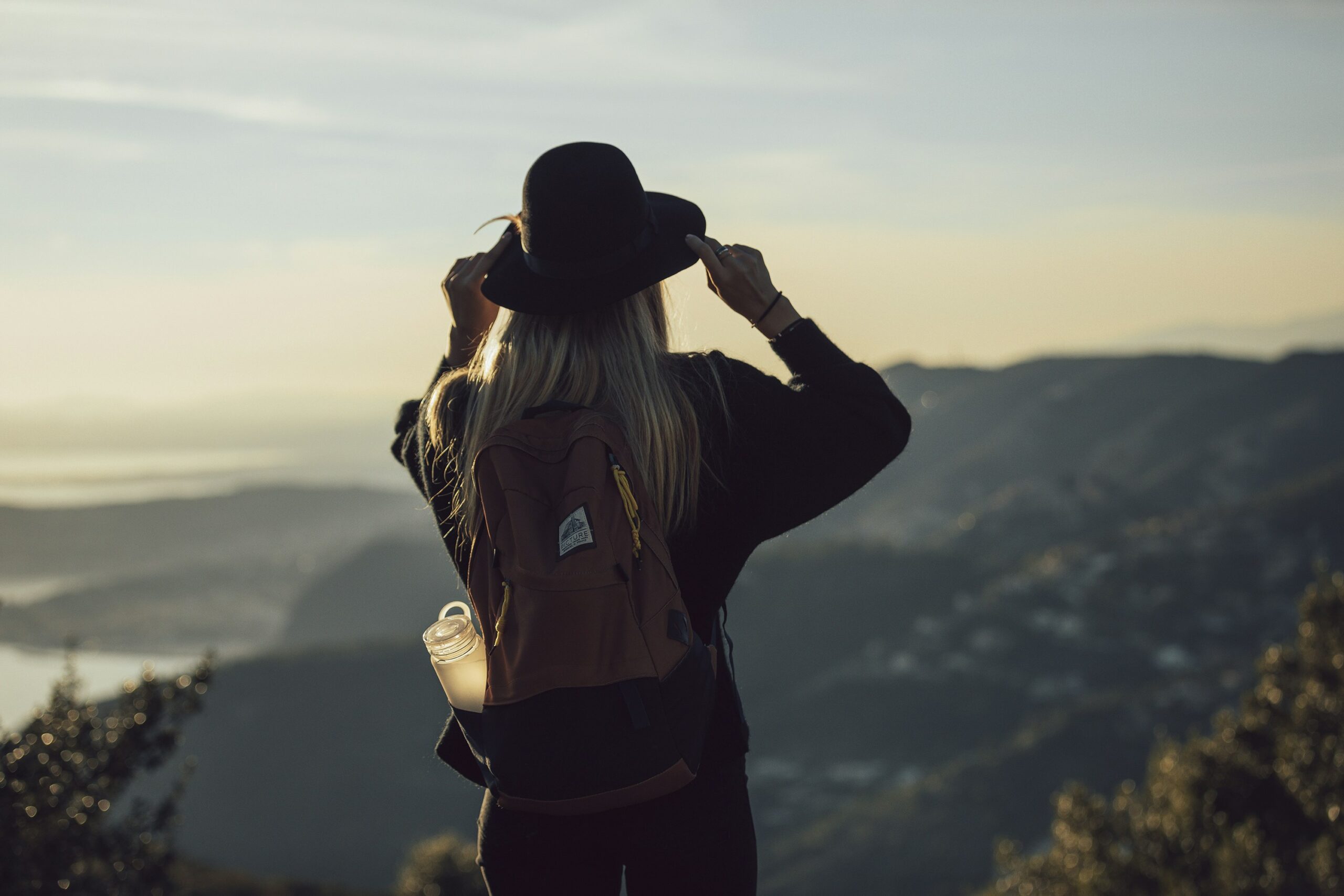Introduction
Wellness travel was propelled into the mainstream during the early 2020s, and by 2025 it has been shaped into a mature, service-rich sector that blends ancient healing systems, science-backed therapies, and curated cultural experiences. Travelers are now choosing trips that will leave them feeling restored, balanced, and ready to return to daily life with sustainable habits. The global wellness market has been reported to be experiencing rapid expansion and significant generational interest, with younger travelers driving demand for personalized, short-form experiences as well as extended reset programs.
1 — Bali: Ubud & the coastal wellness scene (Indonesia)
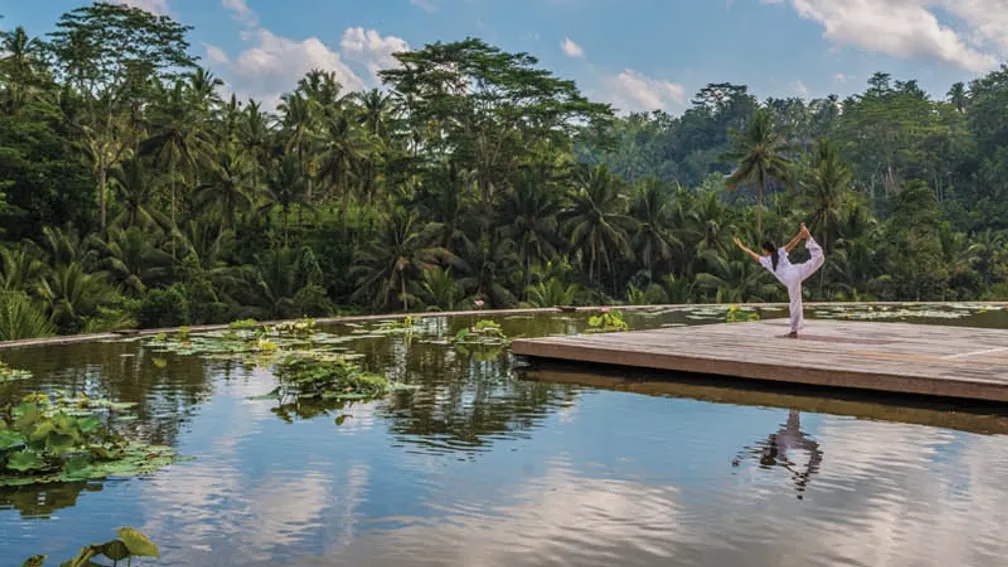
Bali has been an international wellness magnet for more than a decade and in 2025 it continues to thrive because a complete ecosystem of yoga studios, detox and detox-style centers, integrative spa resorts, and cultural wellness practices is offered there. Ubud in particular has been famed for yoga, meditation, holistic nutrition, and immersion retreats; coastal regions such as Canggu and Seminyak are now home to medically oriented wellness resorts and coastal detox programs. Bookable, accessible retreats are provided at a wide range of budgets.
Visitors will be able to participate in twice-daily yoga, plant-forward nutrition plans, Balinese healing rituals (melukat water purification, traditional massages), sound healing sessions, and mindfulness hikes through rice terraces. Many centers integrate cultural learning and volunteer options so that wellness was experienced in a community context.
The dry season (April–October) is usually preferred. However, many retreat centers are open year-round and specialized programs are often scheduled during shoulder seasons to avoid crowds.
2 — Nicoya Peninsula, Costa Rica — Blue Zone immersion
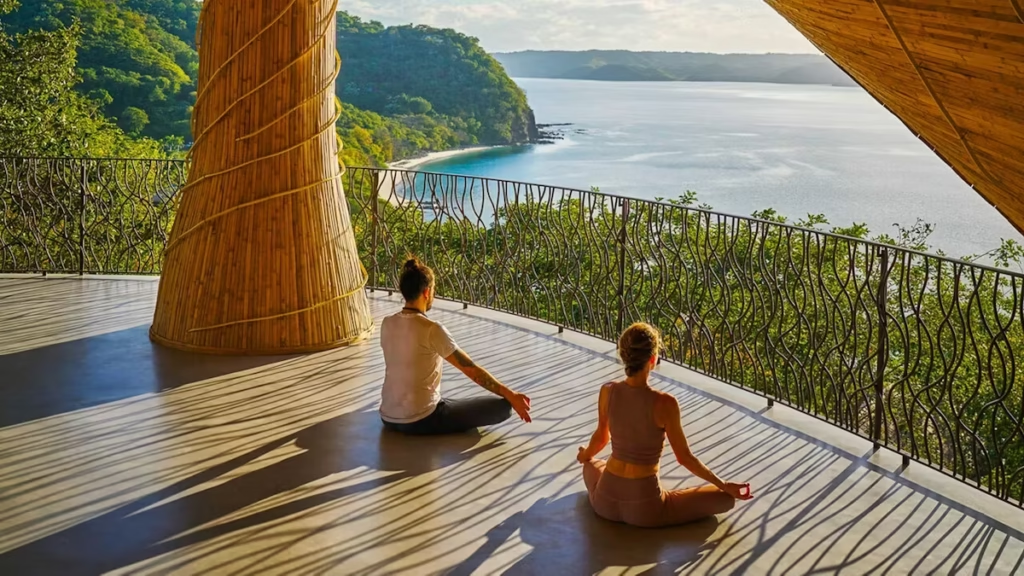
Nicoya is one of the world’s recognized “Blue Zones,” regions where unusually high numbers of people live to very old ages while remaining active and engaged. A lifestyle that combines natural movement, plant-rich diets, strong social ties, and active engagement with nature is observed there. Travelers interested in longevity-inspired travel are increasingly choosing Nicoya for immersive programs that are designed to teach habits that may be brought home.
Programs were structured to blend gentle hiking, community meals centered on local produce, workshops on stress reduction, and practical lifestyle coaching (sleep hygiene, natural food preparation). Blue Zone-inspired cooking classes and family-style meals were commonly included.
The dry season, roughly December through April, is favored for outdoor activities, though low-season months can offer quieter and more affordable experiences.
3 — Blue Lagoon & geothermal wellness in Iceland

Iceland’s geothermal resources have been internationally renowned for therapeutic bathing and cutting-edge spa design. The Blue Lagoon and its Retreat Hotel, which combine silica-rich geothermal waters with bespoke spa programming and clinical spa treatments, remained an anchor of wellness tourism in 2025. The appeal is not only the mineral-rich waters but also the island’s dramatic landscapes and a growing number of medically informed spa offerings.
Geothermal bathing, salt- and silica-based treatments, cold-plunge contrast therapies, guided nature walks to see volcanic landscapes and Northern Lights seasons, and evidence-based skin therapies were offered. Programs were frequently paired with sleep optimization coaching and breathwork.
Iceland was visited year-round. Winter months (November–March) offered Northern Lights and a stark, restorative landscape; summer offered near-midnight daylight and accessible hiking.
4 — Okinawa, Japan — a living Blue Zone
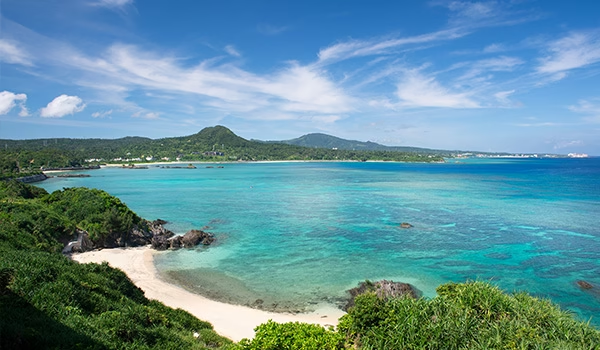
Okinawa’s cultural and nutritional traditions have been closely studied for their relationship to healthy longevity. In 2025 bespoke “Blue Zones” retreats were being offered by luxury hotels and specialized operators to share practical lessons from Okinawan lifestyle and diet. Resorts and hotels were reporting collaborations with Blue Zones organizations to design immersion programs.
Immersive programs focusing on traditional Okinawan cuisine (plant-centric, sea vegetables), gentle movement practices (traditional dance, tai chi), intergenerational activities, and workshops on ikigai (purpose) were provided. Cultural access to local festivals and family-based meals was emphasized.
Spring (March–May) and autumn (September–November) were favored for mild weather and festival access.
5 — Chiang Mai & Phuket (Thailand) — meditation, detox, and plant-based programs
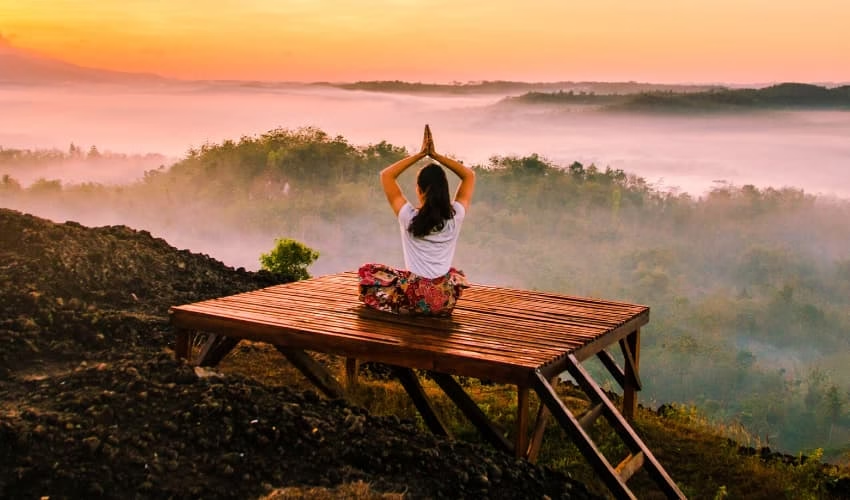
Thailand’s longstanding tradition of Buddhist meditation centers, combined with a robust private market of detox, weight loss and integrative wellness retreats, made it a top option for travelers searching for both spiritual practice and modern wellness protocols. In 2025, Chiang Mai retained its reputation for meditation and mindfulness courses, while southern islands and Phuket offered luxurious detox and medically supervised programs.
Ten-day silent meditation retreats, morning alms-giving observation, herbal medicine workshops, spa detox programs, and plant-based culinary classes were common.
Cooler months from November to February were usually recommended, especially for outdoor meditation and trekking experiences outside coastal areas.
6 — Kerala, India — Ayurveda’s living laboratory
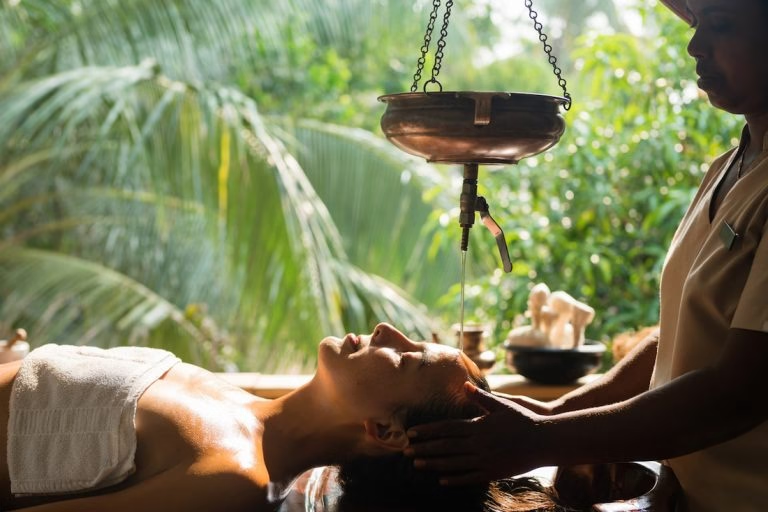
Kerala’s Ayurvedic tradition has been practiced continuously for centuries and it was being modernized and integrated with digital health initiatives and national AYUSH programs in 2025. The state has been active in promoting Ayurveda while investing in IT solutions for AYUSH service delivery and quality control — trends which have made Kerala even more accessible for international wellness guests seeking authentic, longer-form Ayurvedic cures and consultations.
Personalized panchakarma (detox) programs were offered, including herbal oil massages, diet plans based on prakriti (constitution), yoga, and lifestyle counseling. Longer programs (2–4 weeks) were commonly recommended for deep detox and recalibration.
October–March was often recommended for Ayurveda because cooler weather was considered better for certain therapies, though many treatments were available year-round.
7 — Swiss Alps & alpine spa resorts (Switzerland)
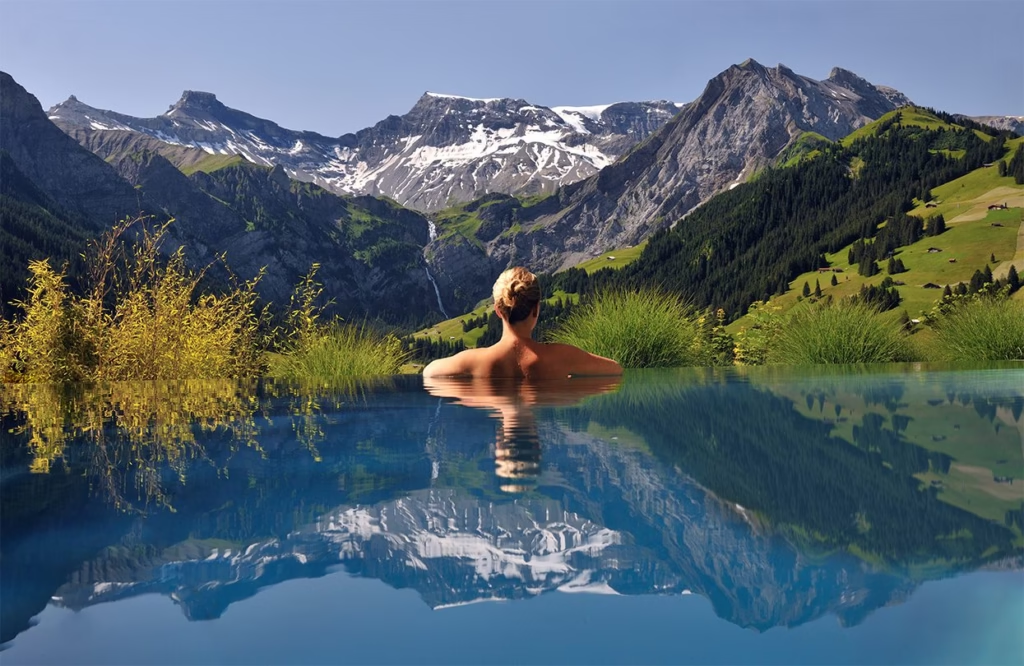
Switzerland’s alpine spa tradition has been refined into high-quality medical-wellness offerings that blend thermals, mineral treatments, alpine climate therapy, and cardiopulmonary rehabilitation. Spa resorts were being continuously recognized for excellence and were commonly used by European and international visitors seeking structured health improvements in a luxurious environment.
Hydrotherapy circuits, saunas and steam therapy, cardiopulmonary conditioning, altitude therapy walks, and nutrition counseling were commonly available. Many resorts combined medical checkups with lifestyle medicine and tailored exercise plans.
Spring and autumn offered mild hiking conditions and less crowding; winter sporty wellness (ski + spa) was popular too.
8 — Sedona, Arizona (USA) — desert restoration and mind-body work
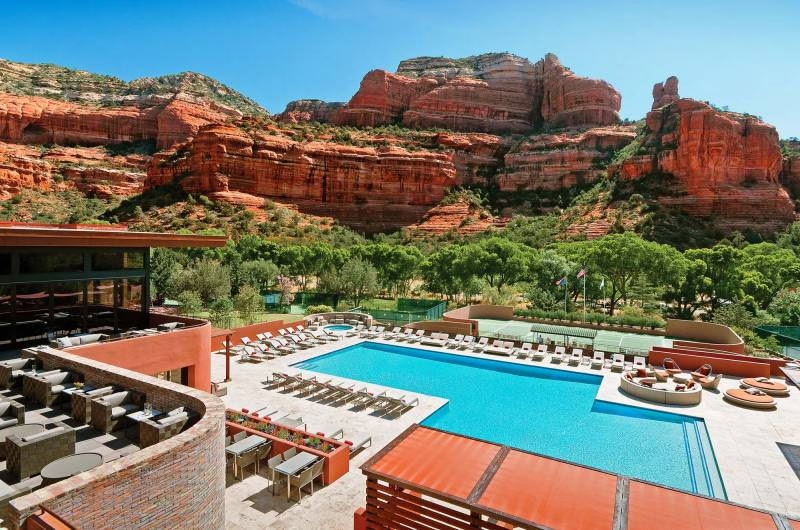
Why Sedona was chosen
Sedona’s reputation as a spiritual and transformational destination has been reinforced by a broad range of retreat programming that includes breathwork, guided nature therapy, energy healing, and plant-based nutrition. In 2025, providers there were offering structured multi-day transformational programs combining outdoor immersion and inner work.
Guided hikes on red-rock trails, vortex-guided meditation sessions (a local framing of energy work), breathwork, integrative counseling sessions, and sound healing were commonly offered.
Spring (March–May) and autumn (September–November) were preferred to avoid peak summer heat and to enjoy clearer skies for outdoor activities.
9 — Ikaria, Greece — the island where people “forget to die”
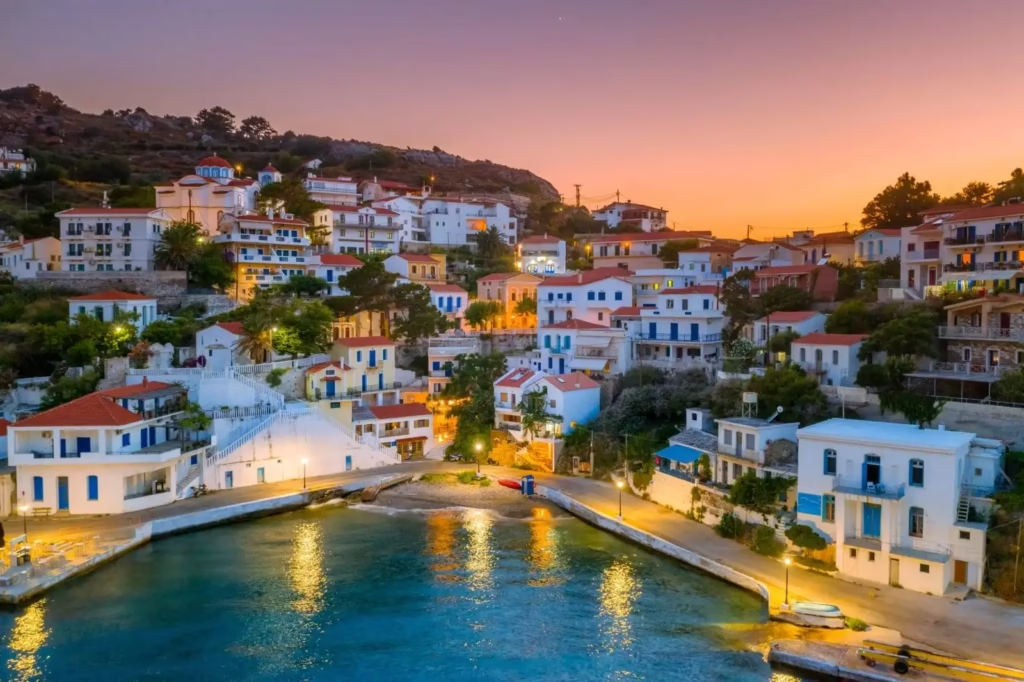
Ikaria is internationally famous as a Blue Zone where rates of dementia, heart disease, and certain chronic conditions were observed to be far lower than global averages. In 2025, “longevity-immersion” retreats and programs were marketed to travelers looking to learn daily rituals that contribute to long life — from social continuity and late-night community gatherings to plant-rich diets and therapeutic hot springs.
Visitors could join guided walks, dine at communal long-table meals that reflect local culinary patterns, attend workshops on the Ikarian way of life, and soak in natural hot springs where available.
Late spring through early autumn (May–September) was the best window for weather and cultural events.
10 — Madeira, Portugal — Atlantic island wellness and nature therapy
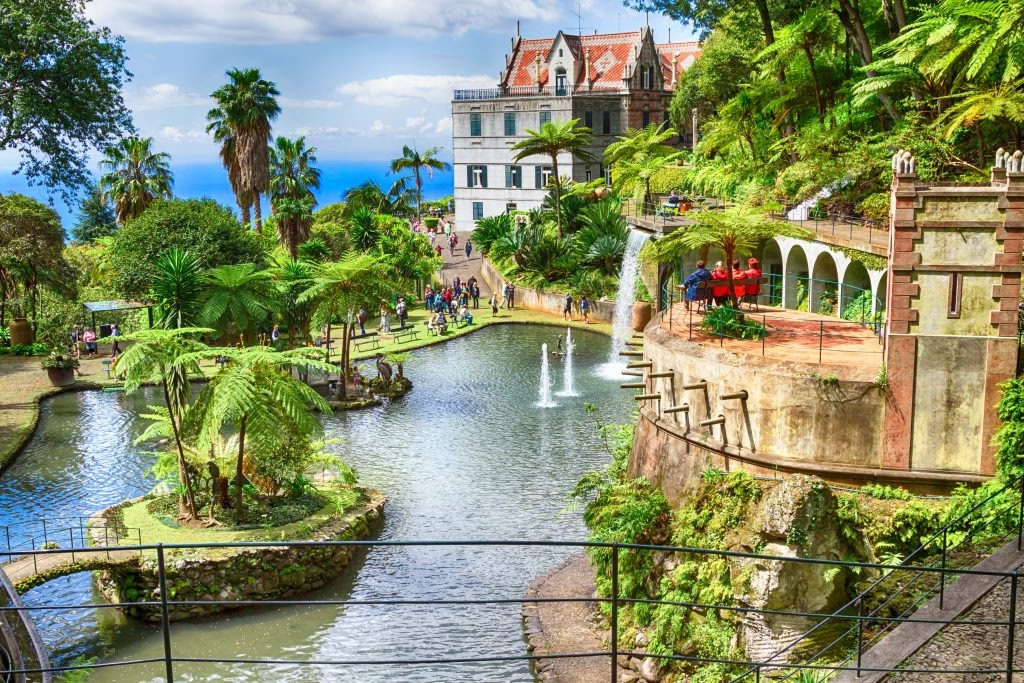
Madeira’s mild climate, dramatic coastal walks (levadas), and growing number of boutique wellness retreats have been recognized in 2025 as making it an appealing destination for green-space healing, sea-air therapy, and gentle movement programs. The island has also been used as a setting for medically oriented retreats and eco-wellness escapes.
Long coastal and mountain walks, seawater therapy, yoga in botanical gardens, forest bathing, and sustainable culinary programs were often included in retreat packages.
Spring and autumn offer comfortable temperatures and fewer visitors, though Madeira was famed for being mild year-round.
Closing Thoughts
Wellness travel in 2025 is broad, evidence-aware, and culturally diverse. Rather than chasing a single “miracle” cure, it is now being approached as a way to build sustainable practices by learning from local traditions and the latest wellness science. Global projections were indicating that wellness tourism continues to grow rapidly and that both private operators and public health organizations will be investing in quality, safety, and accessibility. For those planning trips, choosing a program that is aligned with personal goals and that demonstrates credentials and sustainability is the best way to ensure a meaningful and measurable vacation.
Read more trending TRAVEL NEWS here.
![]()
